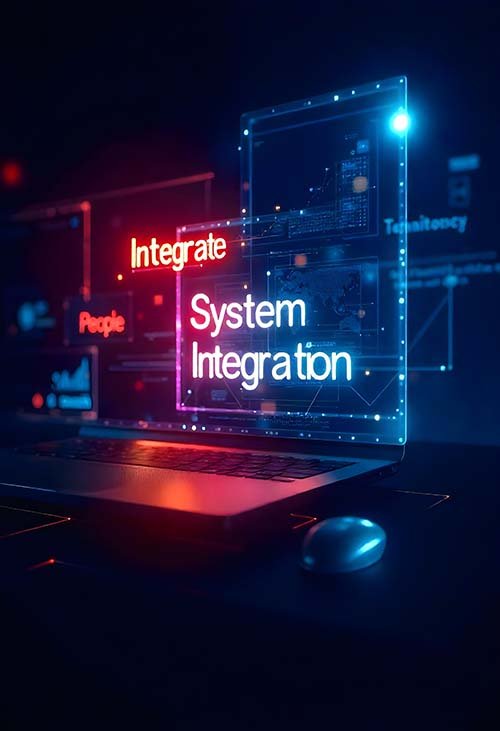Integration Ecosystem refers to connecting SAP systems with other systems and applications to ensure seamless data exchange and unified business processes. This integration can involve various SAP modules, third-party applications, and external systems, creating a cohesive and interconnected IT landscape.
SAP integration can be achieved using various tools and technologies, such as SAP Process Integration (PI), SAP Cloud Platform Integration (CPI), APIs, and middleware solutions. The goal is to create a streamlined and efficient IT environment that supports the organization's business objectives and enhances overall performance.

Whether it involves merging systems, methods, technologies, or teams, the integration process presents various challenges for enterprises. Below are key challenges organizations must be aware of during the integration process:
By carefully planning and executing the migration or upgrade process, enterprises can minimize risks and maximize the benefits of their SAP investment.
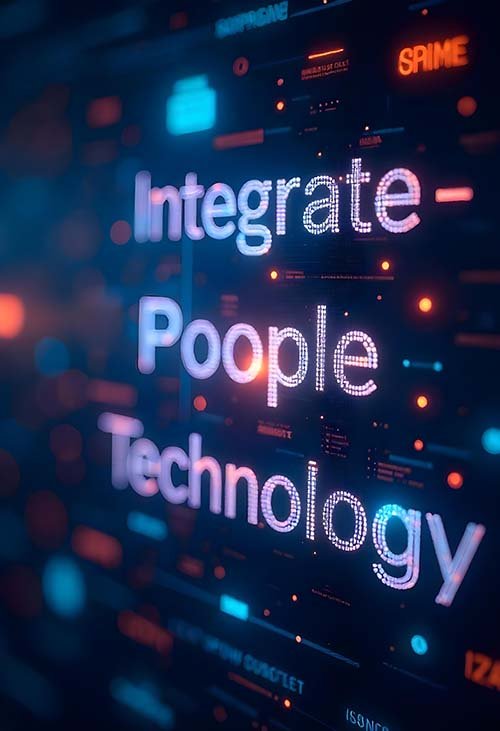
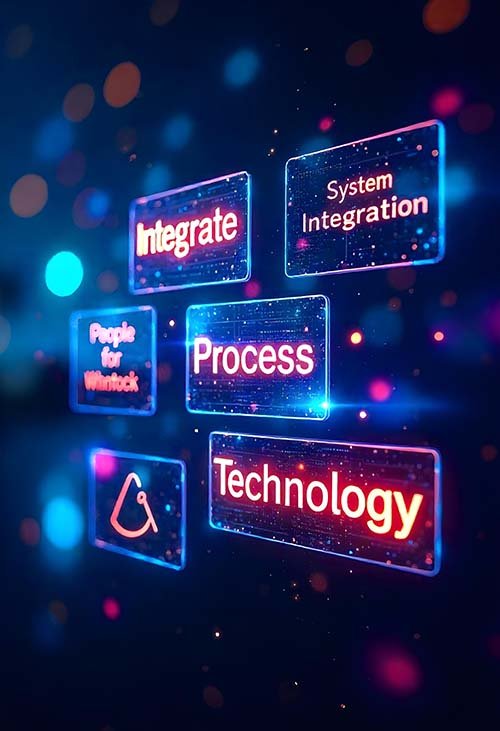
Splisys, as an IT solutions provider, can help its customers succeed in integrating SAP and non-SAP systems by offering a range of tailored services and expertise. Below are several ways in which Splisys can support customers in this process
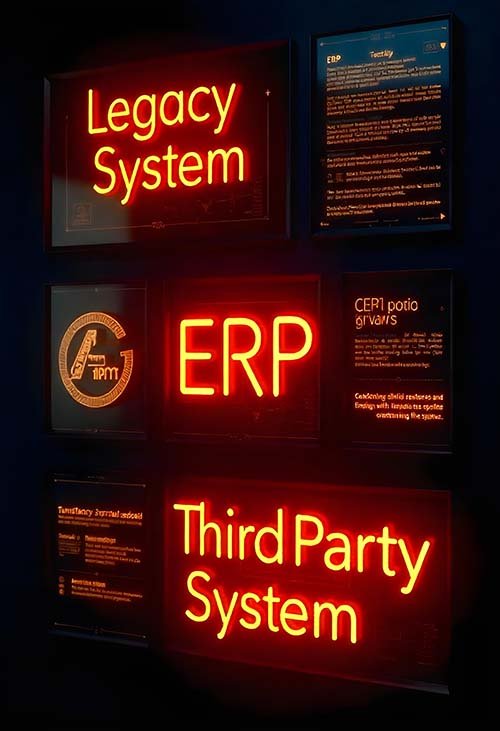
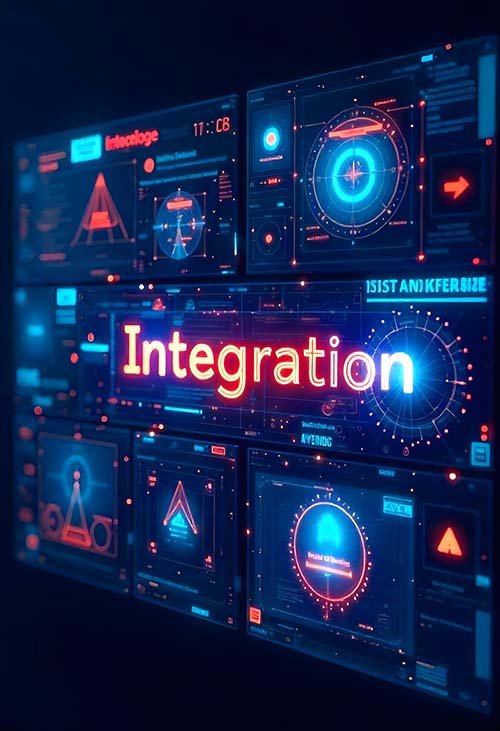
Splisys deploys a variety of methodologies and best practices to ensure the successful integration of SAP and non-SAP systems. These methodologies address the complexities of integrating diverse systems, ensuring data accuracy, seamless communication, and operational efficiency. Below is an overview of the key methods that Splisys typically employs for SAP and non-SAP integration.
By carefully planning and executing the migration or upgrade process, enterprises can minimize risks and maximize the benefits of their SAP investment.
